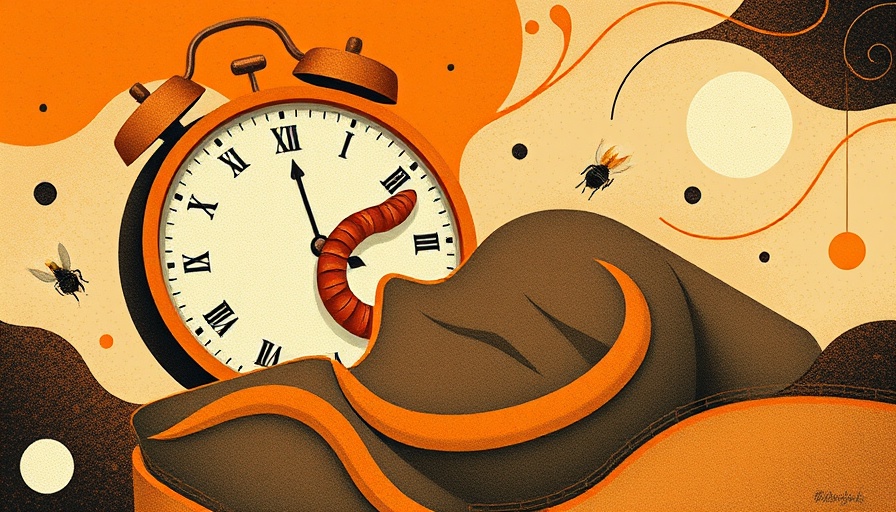
Understanding the Impact of Parasites on Sleep Quality
As parents, we often worry about our children's sleep quality. Sleep is vital for overall health, impacting everything from growth to cognitive function. Did you know that parasites could play a role in sleep disturbances? Specifically, the parasite Trypanosoma brucei, which causes sleeping sickness, has immense effects on sleep quality, impacting both adults and children in regions where this illness is prevalent.
What is Sleeping Sickness?
Sleeping sickness, also called human African trypanosomiasis, is caused by the Trypanosoma brucei parasite and is transmitted to humans through the bite of an infected tsetse fly. This disease has two stages, with the second phase marked by severe sleep disturbances, known for disrupting the sleep-wake cycle.
Infected individuals often suffer from alterations in their sleep patterns, experiencing extreme somnolence during the day and insomnia at night. This not only affects sleep duration but also sleep quality, leading to a cycle of sleep deprivation which can affect a child's education, mood, and overall well-being.
How Parasites Affect Sleep Architecture
Studies have shown that infection with Trypanosoma brucei disrupts the body's homeostatic sleep drive. When observed through sleep studies like polysomnography, mice infected with this parasite displayed altered sleep architecture similar to that seen in humans with sleeping sickness. This disruption extends beyond mere overstimulation—infected mice, for example, tend to have less deep sleep (SWS) and reduced REM sleep, both vital stages for restoration.
The impact of these changes can manifest as restlessness and hyperactivity in children, who may struggle to manage their energy levels and concentration during the day.
The Science Behind Sleep Disruption
Research indicates that Trypanosoma brucei influences the adenosine signaling in the brain. Adenosine, a neuromodulator associated with sleep drive, becomes altered during infection, which could explain the fragmented sleep architecture seen in infected hosts. Without proper regulation, the body's ability to respond to sleep needs diminishes, leading to insomnia and daytime sleepiness.
This adenosine system disruption closely resembles other sleep disorders such as narcolepsy, where patients also experience irregular sleep patterns and daytime sleepiness. Understanding these mechanisms is crucial, as they relate to how children influenced by such infections may display comparable symptoms.
Bridging Sleep Studies with Parenting
For parents, recognizing the signs of sleep deprivation and understanding its potential causes, including the presence of parasites, can help create better sleep environments for children. Sleep hygiene practices are essential. This includes establishing bedtime routines, minimizing blue light exposure from electronics, and creating a calming sleep environment that promotes relaxation.
Ensuring your child engages in healthy activities during the day, such as exercise and outdoor play, also contributes positively to sleep quality.
Future Insights: Treatment and Prevention
The key to mitigating the impacts of parasites on sleep involves education about sleeping sickness and proactive measures. As ongoing research unravels the complex interactions between sleep disorders and parasitic infections, education campaigns that focus on awareness will play a crucial role, especially for families in affected regions.
As exciting developments in sleep medicine occur, treatments to combat such disorders will also advance. Simply educating children and parents about the importance of sleep may, in turn, empower our community to take necessary preventive actions.
In conclusion, the intersection of sleep health and parasitic infection underscores an important fact: sleep matters not just for development but for survival. Awareness and education can drive drastic improvements in both sleep quality and overall health.
Join efforts in raising awareness on the importance of sleep by being informed and advocating for community health initiatives that address sleep quality and its impacts on children's health.
 Add Row
Add Row  Add
Add 




 Add Row
Add Row  Add
Add
Write A Comment